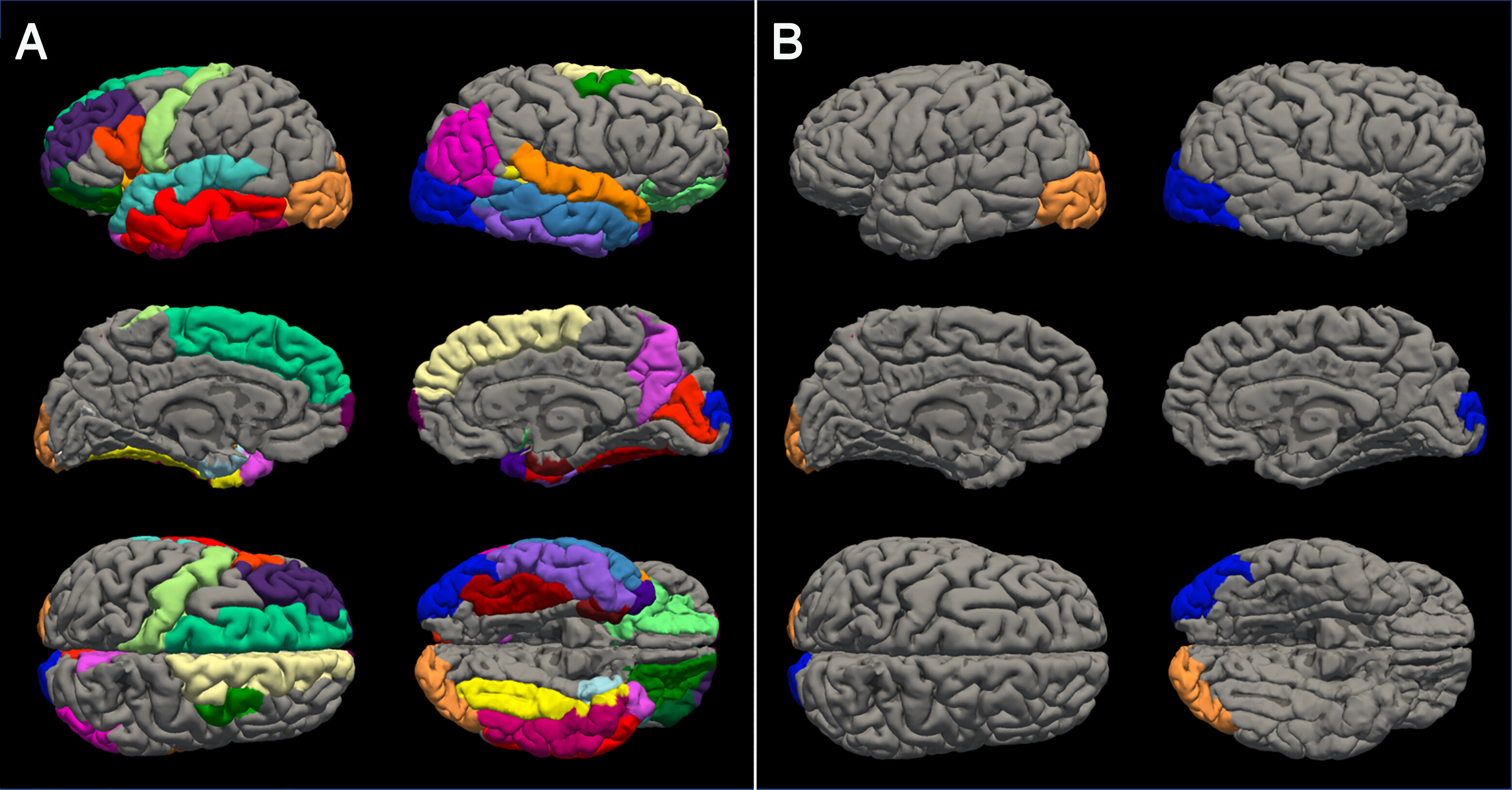According to a new study, adolescents who lived through the COVID-19 lockdowns experienced rapid premature brain aging due to the social restrictions, but girls were more significantly impacted than boys. The results indicate that female brains are more vulnerable to changes in lifestyle resulting from pandemic lockdowns.
The COVID-19 virus caused illness and death across the world, but the infection also impacted society in various ways. Stay-at-home orders, social distancing measures, and school closures changed how we all lived, worked, and socialized. For many people, but especially teenagers, these disruptions to daily routines had negative impacts on their mental health.
Adolescence is a time of important and drastic emotional, behavioral, and social developmental change, when individuals become more independent of their parents and increasingly connected to their peers. These relationships help teenagers learn how to navigate their social lives and allow them to develop greater self-confidence and self-control, while also sculpting their own identities.
At the same time, on a physiological level, adolescence is a period when the brain undergoes important remodeling too. The brain’s neural plasticity experiences many structural shifts that are dependent on environmental conditions.
All these changes are sensitive to disruption. Exposure to long-term stresses during adolescence can lead to various problems in a person’s development, and even issues like neuropsychiatric disorders.
But while there has been substantial research into the overall development of teenagers, less work has examined the impacts the COVID-19 pandemic had on them. However, the few studies that do exist suggest females experienced more serious adverse mental health effects from lockdowns.
But what about brain structures? Previous work on the effects of COVID-19 lockdowns on brain structure have not examined sex differences, which is where this latest study comes into play.
The researchers gathered magnetic resonance imaging (MRI) scans from 160 9-17-year-olds in 2018, which they used to form a model of the state of “normal” adolescent brain cortices during school years. As we age, our cortical gray matter volume and cortical thickness gradually decrease. The process starts during adolescence, so evidence of it will be present in the brains of young people.
But when the researchers compared MRI scans of people aged between 12 and 16 in 2021 and 2022, after lockdowns, with these earlier pre-pandemic ones, they found a worrying result.

Scan data reveal the extent to which female brains (on the left) showed signs of cortical thinning when compared to male brains (on the right).
The later cohorts not only showed signs of accelerated cortical thinning, but there was also a clear discrepancy between the sexes. In boys, only two regions of the brain showed accelerated cortical thinning, while girls’ brains had 30 areas, across both hemispheres and all their lobes.
“We were shocked by these data, that the difference is so dramatic,” Professor Patricia Kuhl, co-director of the Institute for Learning and Brain Sciences at the University of Washington, in Seattle, told the Guardian.
The region of the brain that was impacted in both sexes was located in the occipital lobe, and could impact visual processing of people’s faces. But in females, the regions most significantly impacted by aging all related to social cognition, especially those responsible for language processing, interpreting facial expressions, and processing emotions.
“In our calculation of average age acceleration based on the whole brain, we found the magnitude of the age acceleration to be more than twice as large in females (4.2 years) as in males (1.4 years),” the authors write in their study.
“The sex differences in the patterns of cortical thinning observed in this study are notable. They closely mirror the well-established sex differences in the prevalence of neuropsychiatric disorders between males and females, both in adolescence and adulthood, with females being markedly more affected.”
At the moment, it is unclear why there are such stark differences between the sexes, but the authors suggest that boys and girls respond to different forms of stress. For instance, peer relationships appear to be more vital for the development of self-identity in adolescent females who also rely on these relationships for emotional support; whereas, males tend to use these relationships for companionship and shared activities, rather than emotional support.
“One very prominent lifestyle change associated with the COVID-19 pandemic was the dramatic decrease in interpersonal and peer-to-peer interactions,” the authors explain.
“The effect of the resulting isolation on the needs of male and female adolescents may have been very different, with females perhaps experiencing more stress than males associated with this prolonged isolation, resulting in a larger cascade of physiological effects.”
Although it is still not clear whether these brain changes have negative consequences, previous research has shown that accelerated cortical thinning during brain development can be associated with higher risks of developing neuropsychiatric and behavioral disorders. As such, the study demonstrates the need for ongoing monitoring and support for adolescents who experienced the pandemic.
The study is published in PNAS.
Source Link: Adolescent Girls’ Brains Prematurely Aged More Than Boys’ During COVID Lockdowns